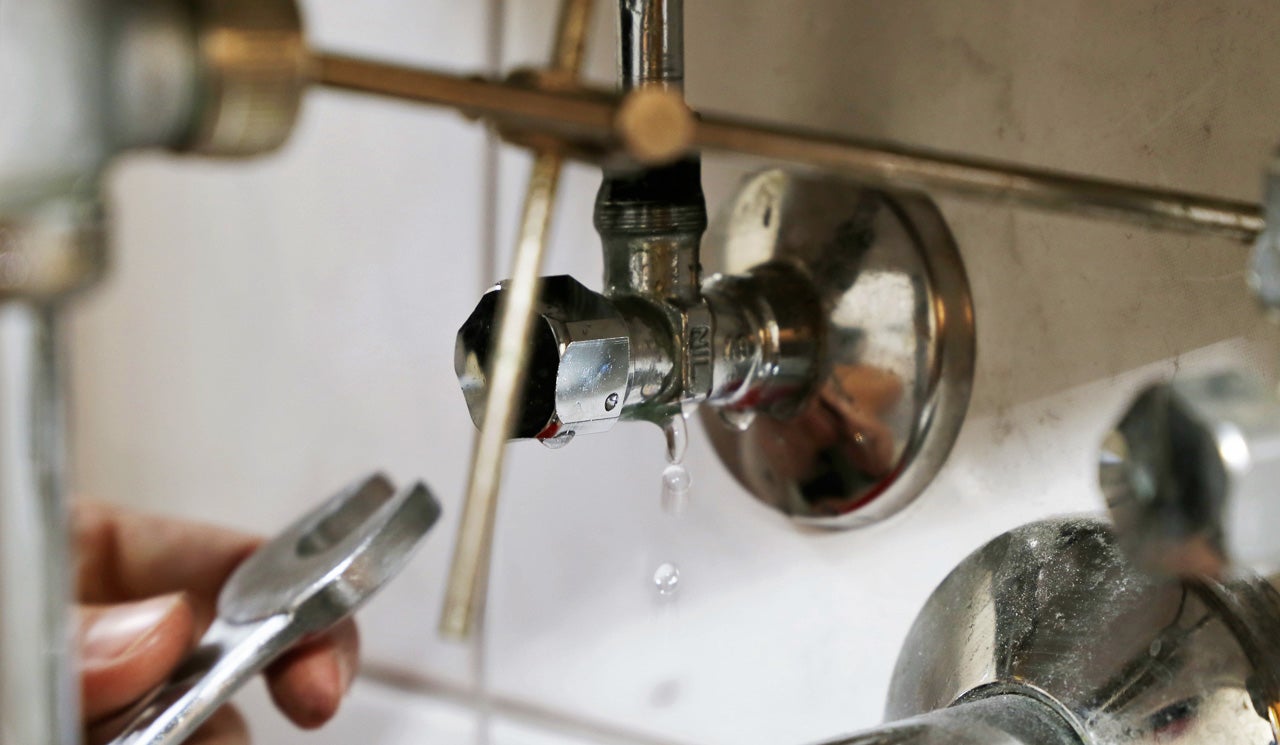Exactly how to Inspect If Your House Has a Concealed Leak
InformationEveryone may have his or her own beliefs in relation to Detecting hidden plumbing leaks.

Early discovery of dripping water lines can alleviate a possible disaster. Aside from conserving you cash, it will certainly reduce the irritation as well as irritation. The minute you locate a leak, calling your plumber for repair services is the best option. Some tiny water leakages might not be visible. Here are some hacks that help if you can not detect it with your naked eyes.
1. Take A Look At the Water Meter
Examining it is a surefire way that helps you uncover leakages. If it relocates, that indicates a fast-moving leakage. This suggests you may have a slow-moving leakage that can even be underground.
2. Check Water Usage
If you spot sudden adjustments, in spite of your intake being the same, it indicates that you have leakages in your plumbing system. An abrupt spike in your costs indicates a fast-moving leak.
A constant increase every month, even with the very same behaviors, reveals you have a slow-moving leakage that's additionally gradually rising. Call a plumber to completely inspect your residential or commercial property, specifically if you really feel a cozy location on your floor with piping below.
3. Do a Food Coloring Test
30% comes from commodes when it comes to water intake. Examination to see if they are running appropriately. Decrease specks of food shade in the tank and wait 10 minutes. If the shade somehow infiltrates your dish during that time without flushing, there's a leakage in between the container and also bowl.
4. Asses Outside Lines
Don't forget to inspect your exterior water lines also. Must water seep out of the link, you have a loose rubber gasket. One tiny leak can throw away bunches of water as well as spike your water bill.
5. Examine and Examine the Circumstance
House owners need to make it a routine to examine under the sink counters and also also inside cupboards for any type of bad odor or mold and mildew growth. These two warnings suggest a leak so timely focus is needed. Doing routine evaluations, even bi-annually, can save you from a significant trouble.
If you understand your house is currently old, maintain a watchful eye on your heating systems, hoses, pipes and so on. Check for stainings and also deteriorating as most pipes and appliances have a life expectancy. They will certainly additionally normally weaken because of damage. Don't wait for it to escalate if you presume dripping water lines in your plumbing system. Call a professional plumber right away so you do not end up with a horrible mess in your house.
Early detection of dripping water lines can reduce a possible calamity. Some small water leaks may not be noticeable. Checking it is a proven way that assists you uncover leaks. One small leakage can waste heaps of water and also spike your water expense.
If you presume leaking water lines in your plumbing system, do not wait for it to escalate.
WARNING SIGNS OF WATER LEAKAGE BEHIND THE WALL
PERSISTENT MUSTY ODORS
As water slowly drips from a leaky pipe inside the wall, flooring and sheetrock stay damp and develop an odor similar to wet cardboard. It generates a musty smell that can help you find hidden leaks.
MOLD IN UNUSUAL AREAS
Mold usually grows in wet areas like kitchens, baths and laundry rooms. If you spot the stuff on walls or baseboards in other rooms of the house, it’s a good indicator of undetected water leaks.
STAINS THAT GROW
When mold thrives around a leaky pipe, it sometimes takes hold on the inside surface of the affected wall. A growing stain on otherwise clean sheetrock is often your sign of a hidden plumbing problem.
PEELING OR BUBBLING WALLPAPER / PAINT
This clue is easy to miss in rooms that don’t get much use. When you see wallpaper separating along seams or paint bubbling or flaking off the wall, blame sheetrock that stays wet because of an undetected leak.
BUCKLED CEILINGS AND STAINED FLOORS
If ceilings or floors in bathrooms, kitchens or laundry areas develop structural problems, don’t rule out constant damp inside the walls. Wet sheetrock can affect adjacent framing, flooring and ceilings.
https://www.servicemasterbyzaba.com/blog/how-to-detect-water-leakage-in-walls/

I was shown that write-up about Locating water leaks from an acquaintance on another web property. Sharing is nice. Helping others is fun. Thanks so much for going through it.